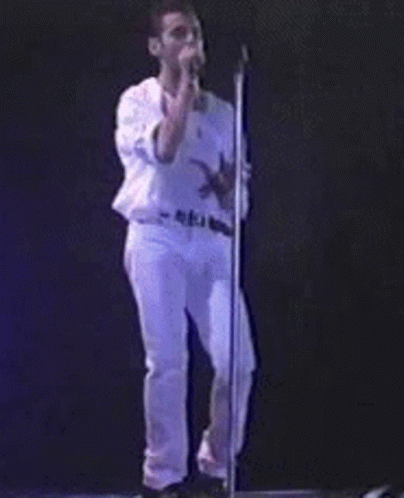Mic Dropping Tips: How to Master Mic Technique Like a Pro (And Avoid Sounding Like a Fool)
- Mayank Mittal
- Sep 8, 2024
- 3 min read
Hey there, future divas and crooners! It's your favourite vocal coach and resident microphone hugger, Eternal Ramblings! Just watch any of KAPOW!’s live performances and you’ll know, the mic is my best friend. Though, that was not the case when I was starting out. I was equally intimidated by the microphone and kept it stationary contrary to now where I am practically making love to it. (Sorry for that image!)

So, are you tired of singing your heart out, only to hear the audience complain about how they couldn't hear a word you were saying?
Been there! Or worse, are you constantly getting feedback that your voice sounds muffled or distorted? Here too!
Well, fear not, my friend! You may just be in need of some serious mic technique!
Whether you're a seasoned pro or just starting out, here are some practical tips to help you get the most out of your mic.
First things first, let's start with the basics. Your microphone is your new best friend. I’ll reiterate it as many times it takes to actually make you believe it. Treat it with the respect it deserves. It might get angry sometimes like an old friend but you need to pick it up and sing again.
Speak directly into the mic, about a fist distance away. It should point you and not the ceiling, I have seen so many amazing voices pointing the mic to the roof. I want to listen to you, not the lizard right above you.

Now, If you're too close, you'll be swallowing the mic, it will also sound muffled, unclear and to be honest it’s not a pretty image either. If you're too far though, you'll be giving the mic a chance to catch all the background noise instead of your beautiful voice. Like your bandmate screaming the next song at you from behind.

If you tend to have explosive consonants (like "p" and "b" sounds), invest in a pop filter. This is a simple device that attaches to your mic and prevents those explosive sounds from creating unwanted noise. Pop filters are affordable and easy to find online or at music stores. If recording at home, or studio you can fashion one out of your socks and a coat hanger, just make sure they are clean.
And finally, be conscious of your surroundings. If you're performing on a stage with speakers, you don't want to stand too close to them, or else you'll risk feedback that can be a real pain for both you and the audience. If you're performing in a small venue, don't be afraid to adjust the volume of your mic so that it's in harmony with the space you're in.
Also, if you want to really understand how to make your mic agree with you, learn more about gain, volume and basic EQ to facilitate the sound engineer to your specific needs on stage.

In conclusion, the key to a great performance isn't just about hitting the right notes or having a good voice, it's also about mastering mic technique. Proper mic techniques also prevents strain and exhaustion. So next time you take the stage, don't forget to give your mic the love and attention it deserves, and who knows, maybe you'll finally get that standing ovation you've been dreaming of.
Now, if you'll excuse me, I have to go find a sock and a coat hanger.
MIC DROP!

Kommentit